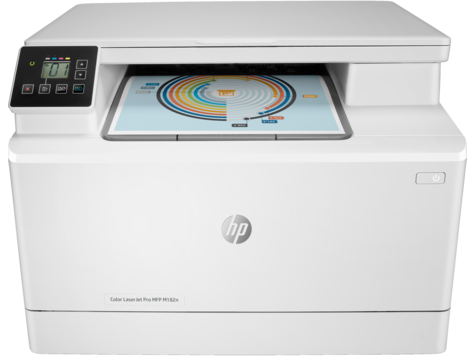
- Hp laserjet 6p driver .inf name windows 7 64 how to#
- Hp laserjet 6p driver .inf name windows 7 64 install#
- Hp laserjet 6p driver .inf name windows 7 64 64 Bit#
- Hp laserjet 6p driver .inf name windows 7 64 serial#
- Hp laserjet 6p driver .inf name windows 7 64 drivers#
Scroll this HP Universal Printing PCL 5 (v5.9.0) page down and find a needed Hp file for your operating system.
Hp laserjet 6p driver .inf name windows 7 64 install#
Hp laserjet 6p driver .inf name windows 7 64 64 Bit#
This is the most current PCL5 driver of the HP Universal Print Driver (UPD) for Windows 64 bit systems.
Hp laserjet 6p driver .inf name windows 7 64 how to#
How to install an older printer using incompatible driversĪlternatively, if you have a printer, but it's no longer supported on Windows 10, you can use these steps to install it on your computer: Once you've completed the steps, if the test printed successfully, the device should now be available from all applications. Alternatively, you can click the Have Disk button to supply inf printer driver. Quick Tip: If the model of your printer isn't listed and you don't have the controller, you can try selecting the closest driver available.
Hp laserjet 6p driver .inf name windows 7 64 drivers#
Note: Windows 10 no longer ships with the basic printer and scanner drivers, so when you click the Windows Update button, it'll take a while to populate the drivers from the cloud. If you're using a parallel cable with a DB-25 adapter, then select the LPT1 port. For example, if you're using a USB cable, then select the USB option. Select the port (interface) that you're currently using with the "Use an existing port drop-down menu.

Select the Add a local printer or network printer option.
Hp laserjet 6p driver .inf name windows 7 64 serial#
Installing a local printer manuallyĪlternatively, if the previous steps didn't work, and you're trying to connect an old printer using a parallel or serial (USB) cable that the OS refuses to detect, then use these steps: Select the Do not share this printer option.Īfter completing the steps, the network printer should now be ready for any application.

Use the "Device type" drop-down menu and select the TCP/IP Device option.Select the Add a printer using TCP/IP address or hostname option. In the case that you're dealing with a network printer, you can try to create a manual connection using the device IP address with these steps: Once you've completed the steps, you should be able to start printing to the device. Select the Do not share this printer option.Ĭlick the Print a test page option to confirm that the device is working.If you're trying to add an older printer locally using a USB cable or wireless connection, use these steps:Ĭlick the Add a printer or scanner button.Ĭlick The printer that I want isn't listed option.

Important: Before proceeding, make sure that your computer is connected to the internet to allow Windows Update to download additional drivers. When the system isn't detecting your old printer automatically, you can still add the device manually depending on the connection type and age of the printer. How to install an older printer using advanced setup


 0 kommentar(er)
0 kommentar(er)
